In this tour, get to know:
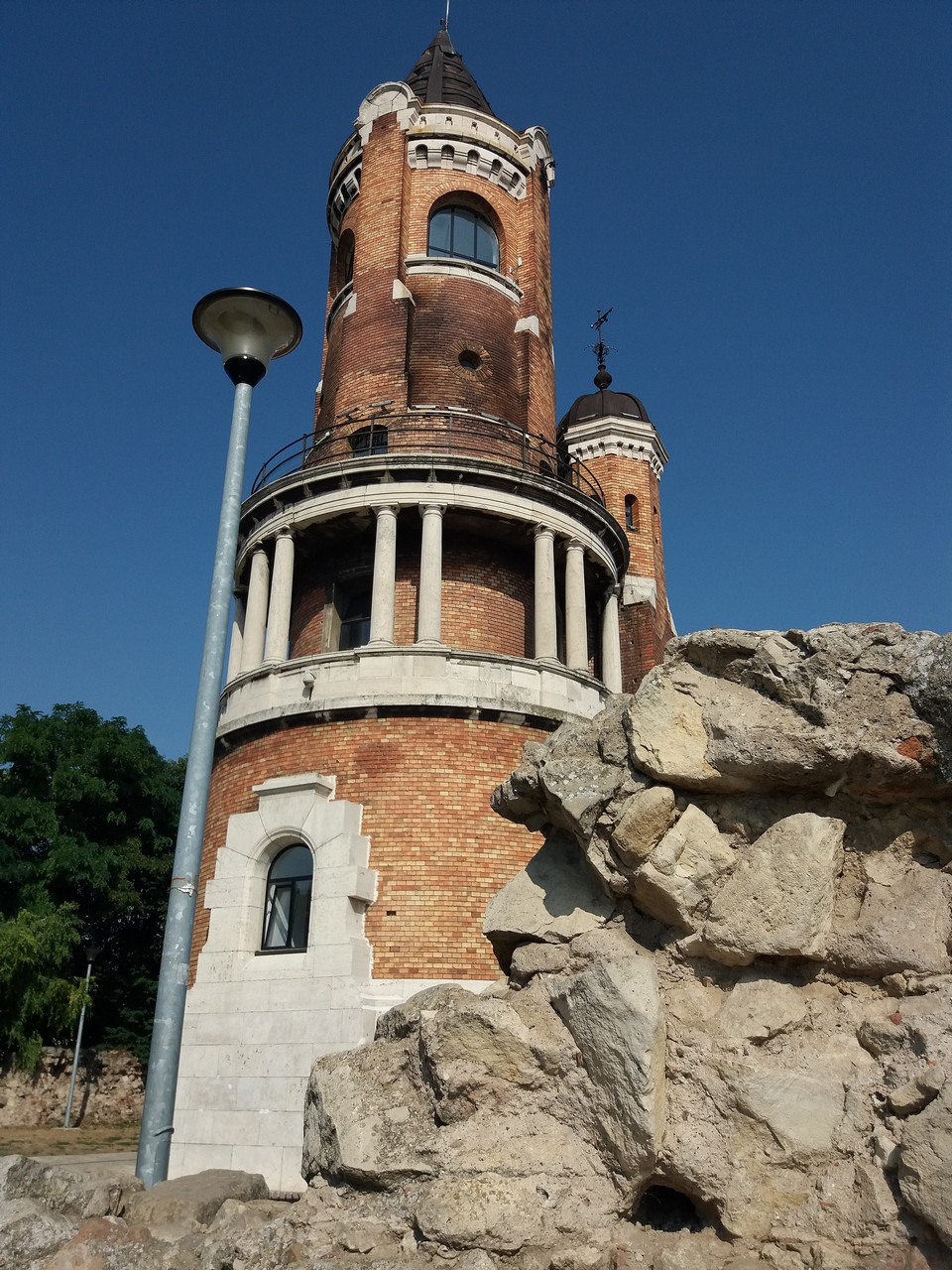 (cc)Miljan Simonović/CC BY-SA 4.0
(cc)Miljan Simonović/CC BY-SA 4.0
The Millennium Tower
The Millennium Tower is a renowned symbol of Zemun. It is one of the four towers built by the Hungarian authorities as a part of celebration of 1000 years of Hungarian settlement in the Pannonian plain. The 36-meter-high tower was built on the then southernmost point of the Kingdom, on...
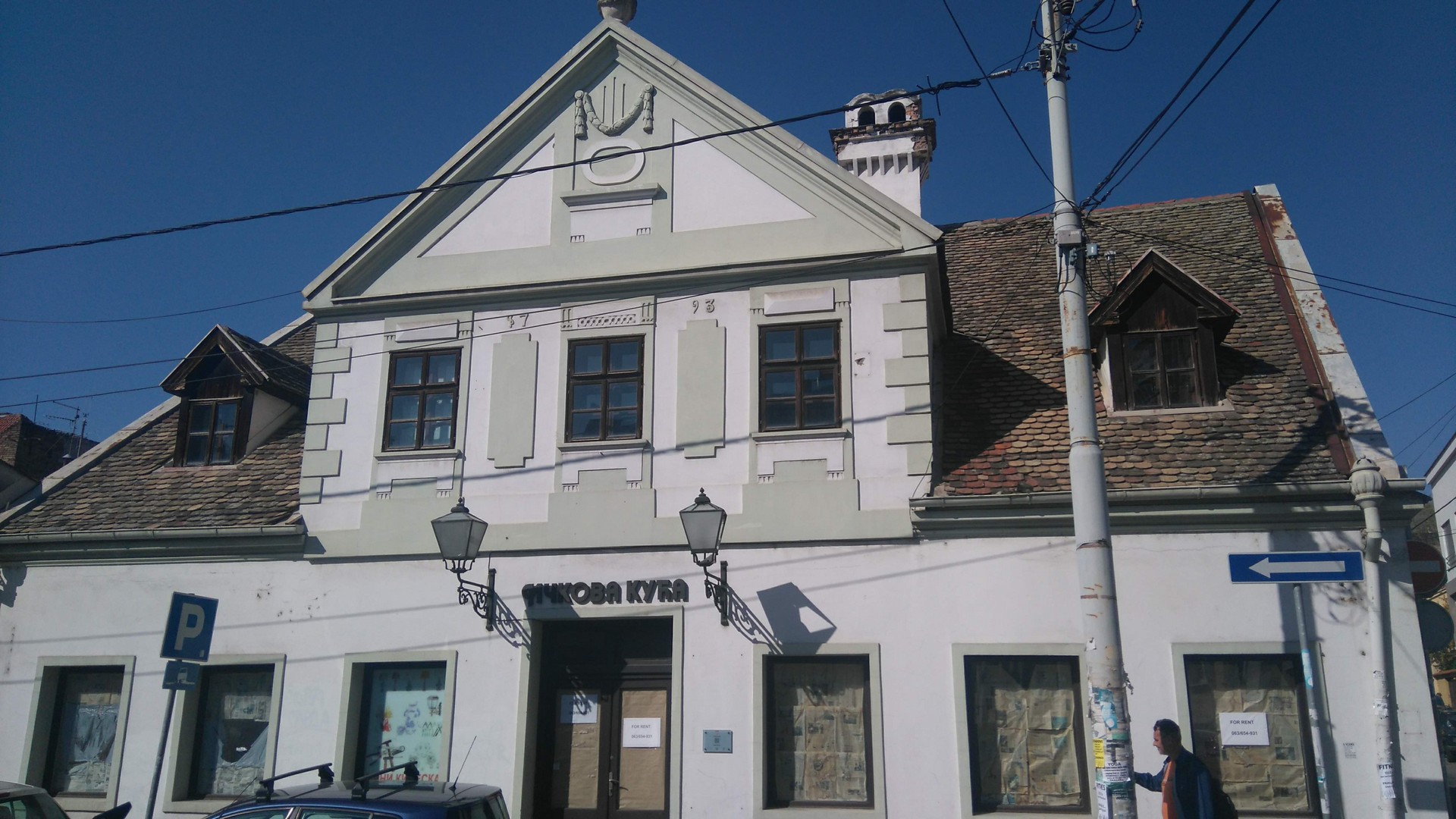 (cc) Андријана/CC BY-SA 4.0
(cc) Андријана/CC BY-SA 4.0
Ičko’s House
Ičko’s House at 18 Bežanijska Street was built in 1793. It is one of the oldest preserved houses and a representative of a town house from the end of the 18th century. The house was built in the Classical style. There used to be a tavern called “Kraljević Marko” on...
 (cc) Nicolo/CC BY-SA 3.0
(cc) Nicolo/CC BY-SA 3.0
Dimitrije Davidović’s House
The house in which Dimitrije Davidović was born is located on the corner of Glavna and Davidovićeva streets. It was built at the end of the 18th century as a one-storey residential building, with an inner courtyard. With later changes and additions, it mostly lost its original appearance. Dimitrije Davidović...
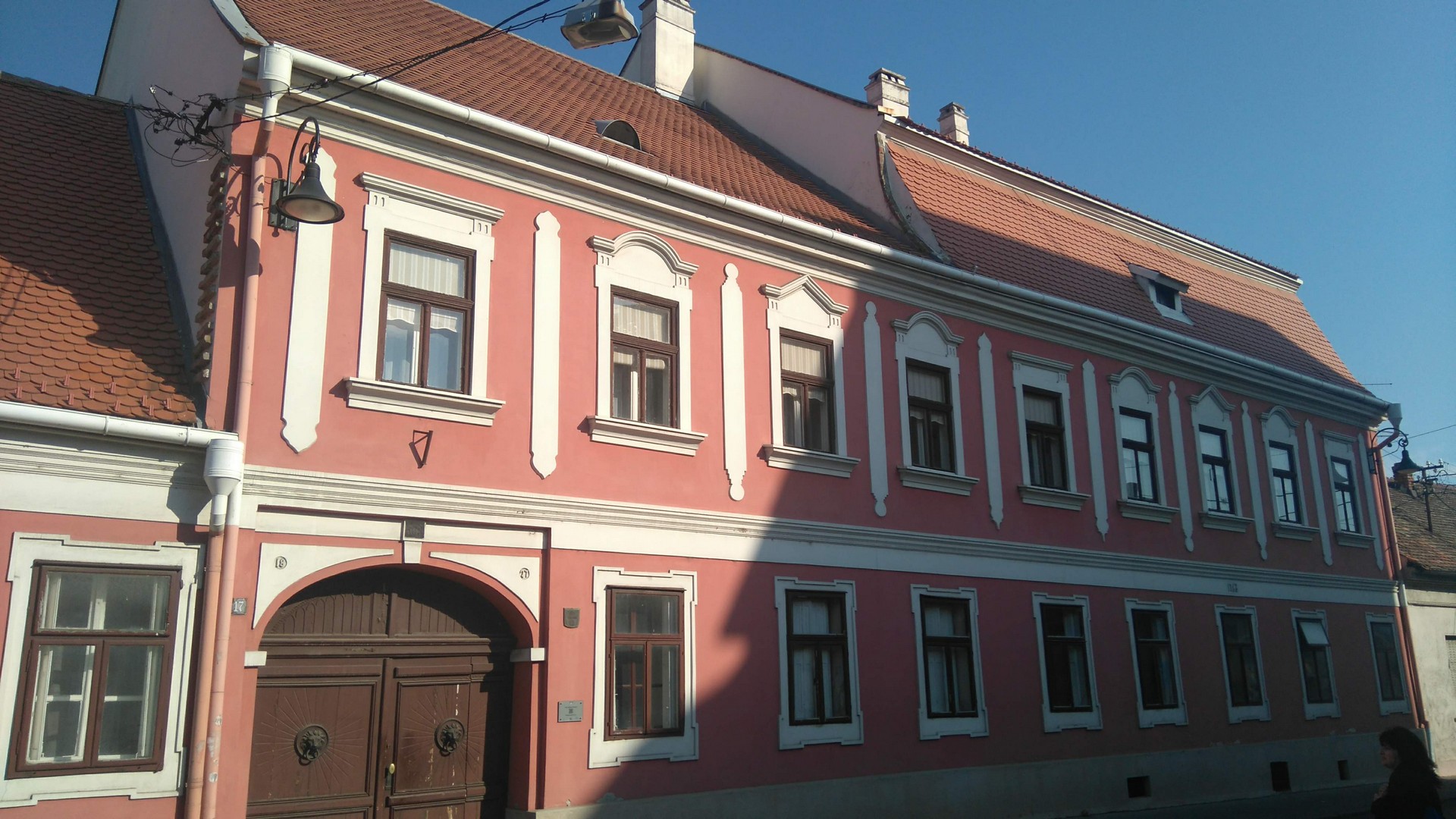 (cc) Андријана/CC BY-SA 4.0
(cc) Андријана/CC BY-SA 4.0
Karamata Family House
The house of Karamata family was built in 1763 by a merchant from Zemun, Kuzman Jovanović. It was bought in 1779 by Dimitrije Karamata, an immigrant from the then Turkish Aegean Macedonia (nowadays Pyrgoi, Greece). Since then, the house has been in the possession of the Karamata family. In 1827,...
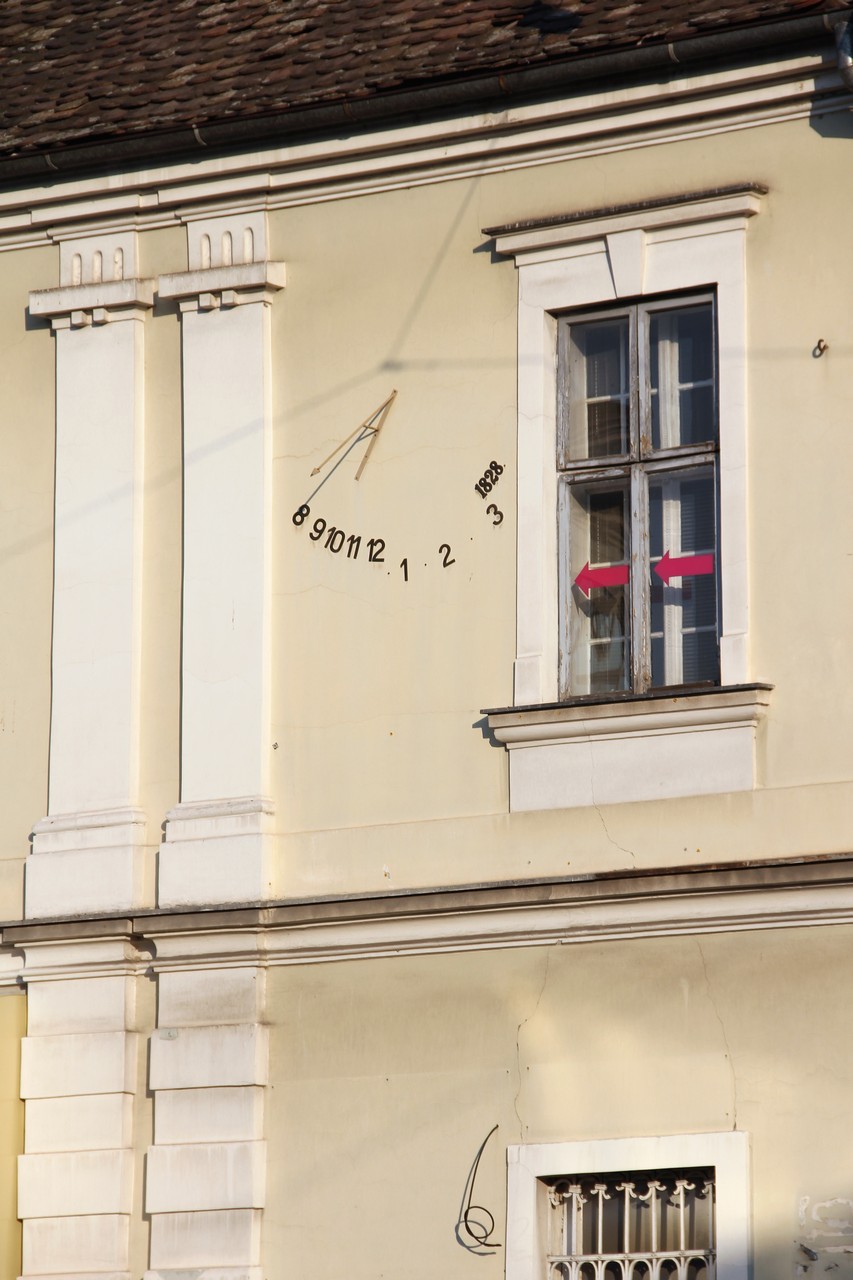 (cc)BrankaVV/CC BY-SA 4.0
(cc)BrankaVV/CC BY-SA 4.0
House with the Sundial
The house on the corner of Glavna and Dubrovačka streets was built in 1823. The sundial for which this building is known for, was placed on its facade in 1828, five years after the house was built. Due to its specific appearance and arrangement of numbers, this sundial is a...
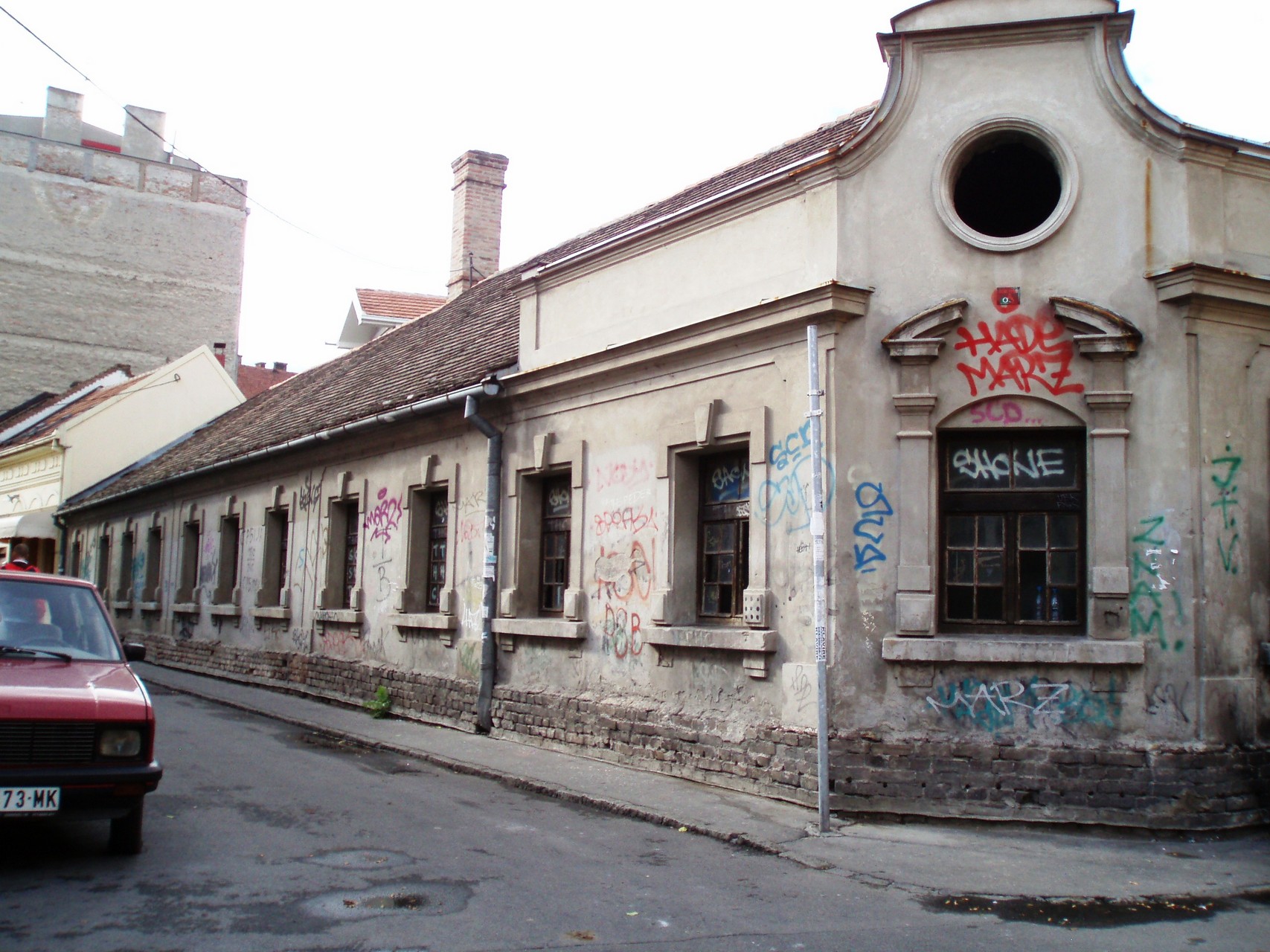 (cc) Nicolo/CC BY-SA 3.0
(cc) Nicolo/CC BY-SA 3.0
Pantelić Foundry
The “Pantelić” Foundry is one of the oldest workshops in the city. It is located in the old town core of Zemun, on the corner of Dositejeva and Lagumska streets. The foundry was founded in 1854. From a small workshop, it developed into a specialized foundry for casting bells and...
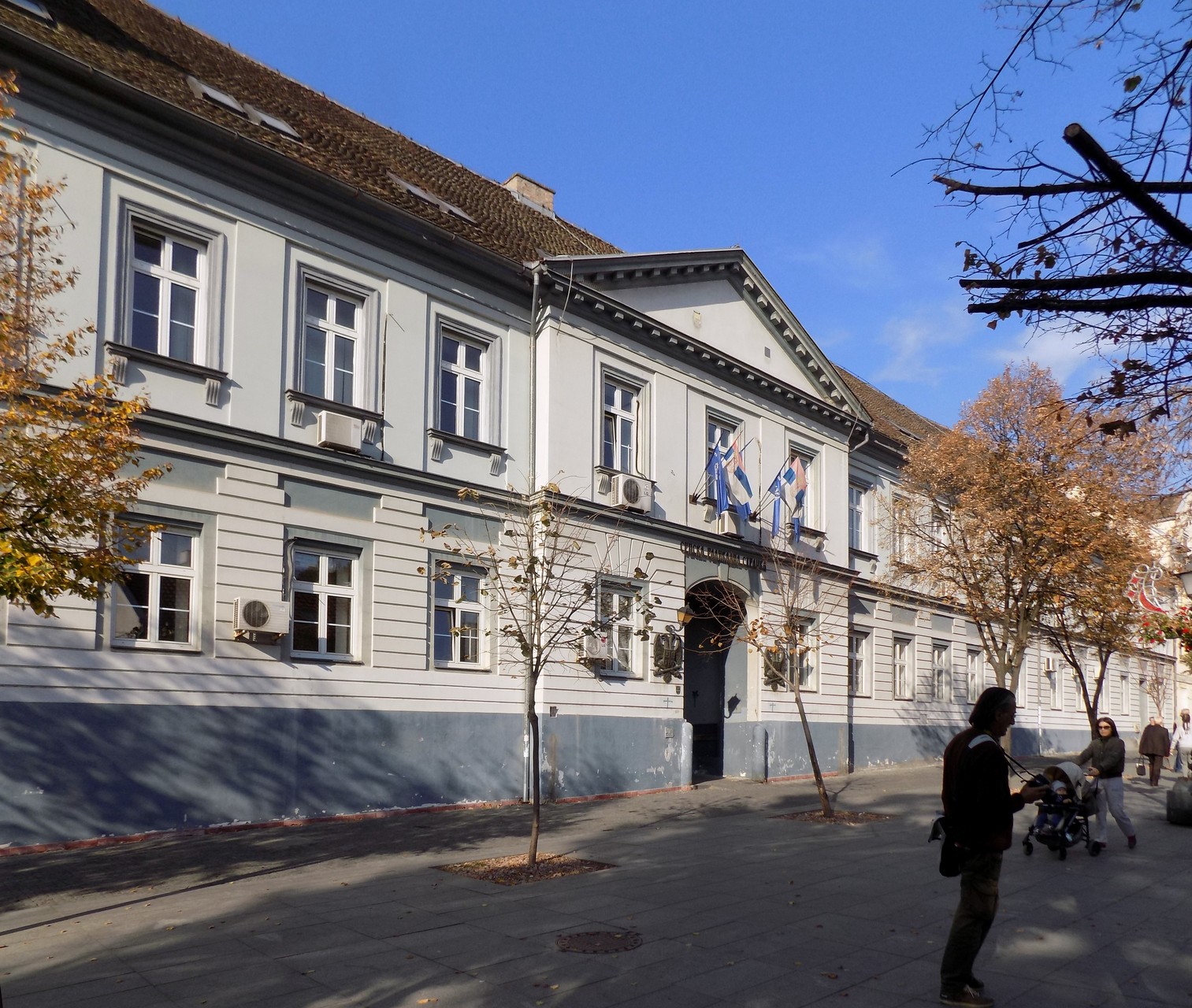 (cc)Milica Buha/CC BY-SA 4.0
(cc)Milica Buha/CC BY-SA 4.0
The Мagistrates Building
The Magistrate in Zemun was established in 1751, and in 1755 the town got its first town hall. It was a one-floor Baroque building, which served as a magistrate building until 1832, after which magistrate officials lived there.This building was burned down in a fire in 1867. From 1823 to...
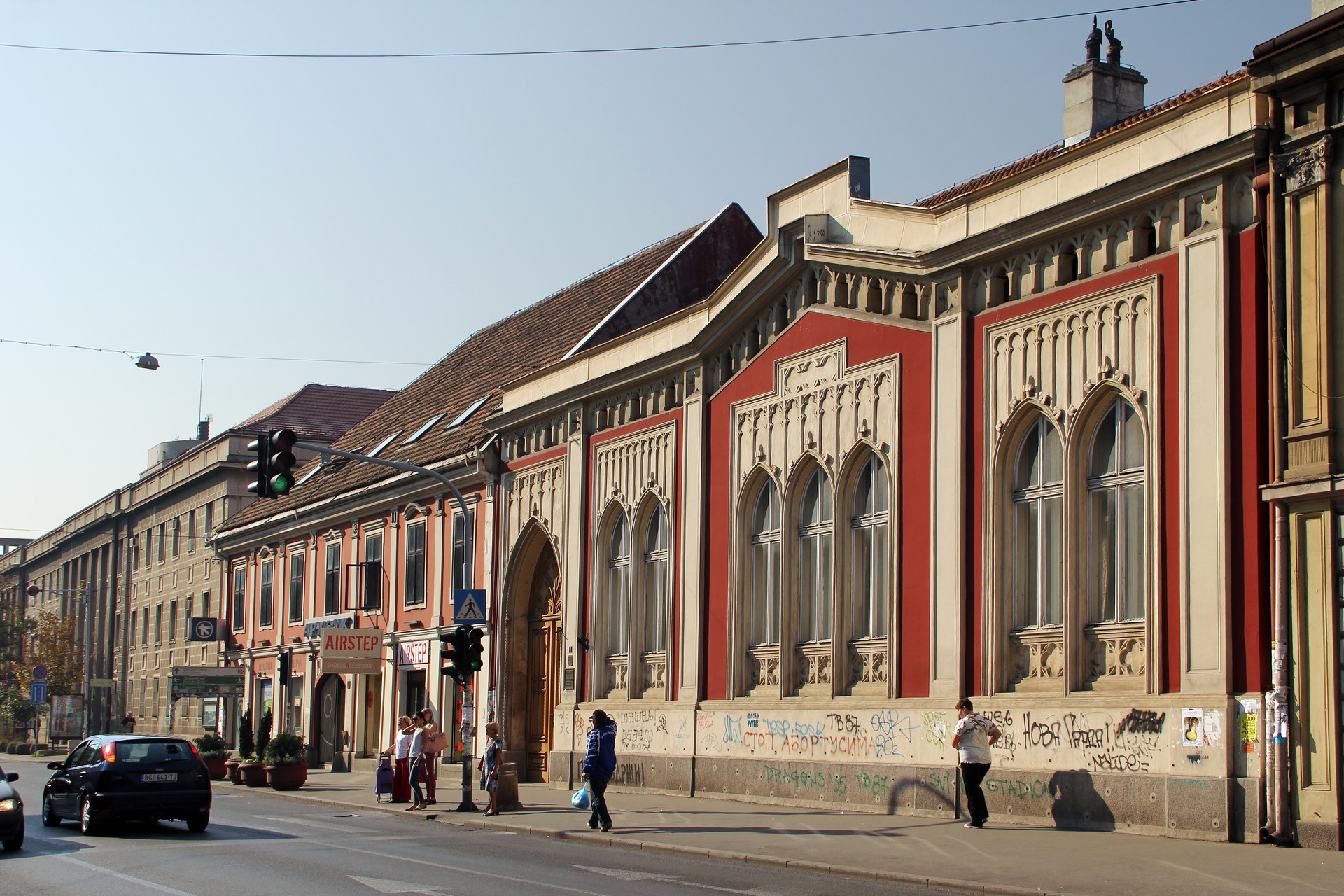 (cc)BrankaVV/CC BY-SA 4.0
(cc)BrankaVV/CC BY-SA 4.0
Spirta House
The Spirta House in 9 Glavna Street was built in 1855 for a wealthy Zemun family Spirta. The house was projected by the Austrian architect Heinrich von Ferstel and designed in the Neogothic style. By its architectural characteristics it stood out from the other houses in Zemun, and the lush...
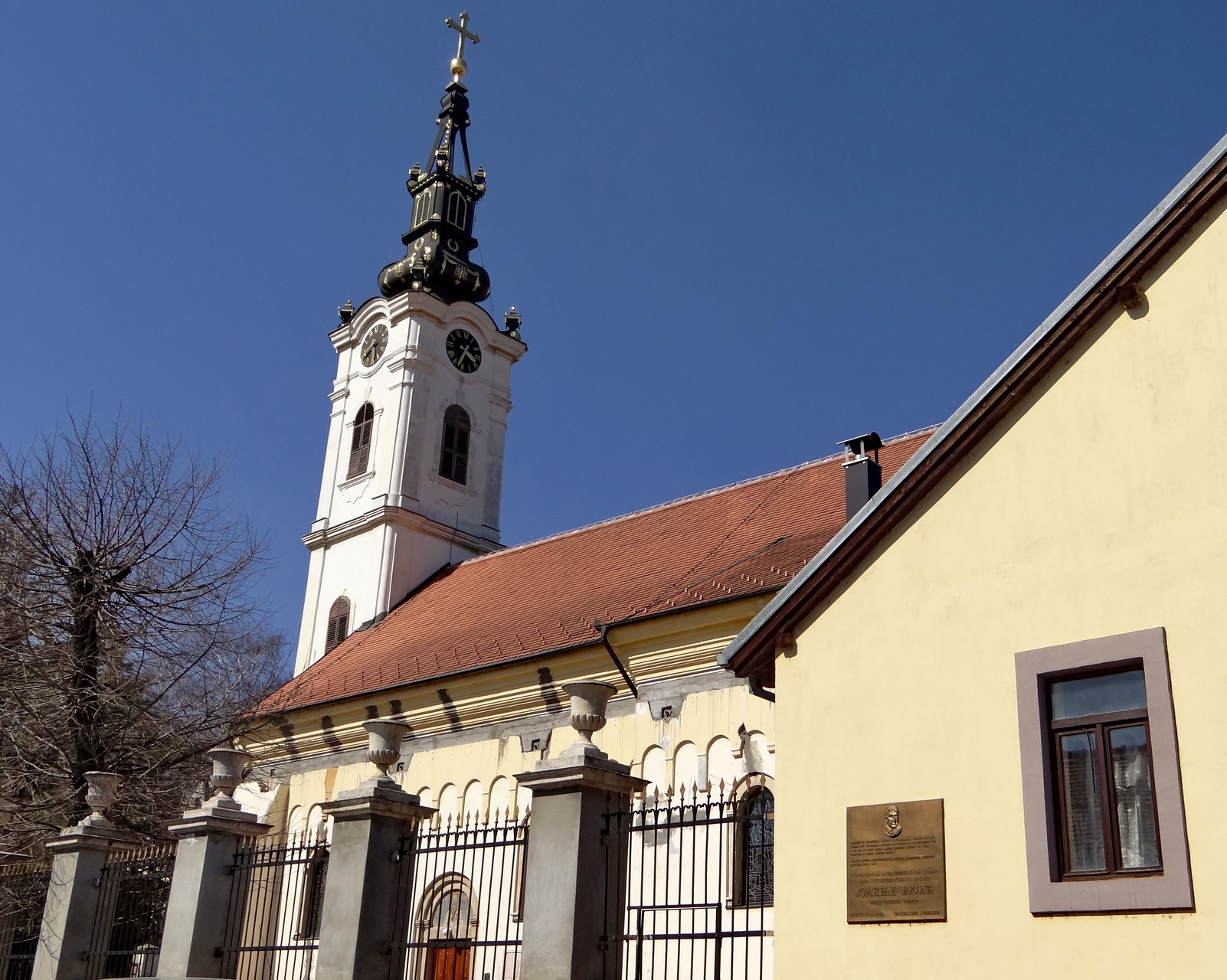 (cc)Dekanski/CC BY-SA 4.0
(cc)Dekanski/CC BY-SA 4.0
Nikolajevska Church
The construction of the Church of St. Nicholas or the Nikolajevska Church began in 1745, on the foundations of an old Serbian church from the 16th century. The church is located in the historic center of Zemun, below the Gardoš fortress. It was built in the Baroque style and has...
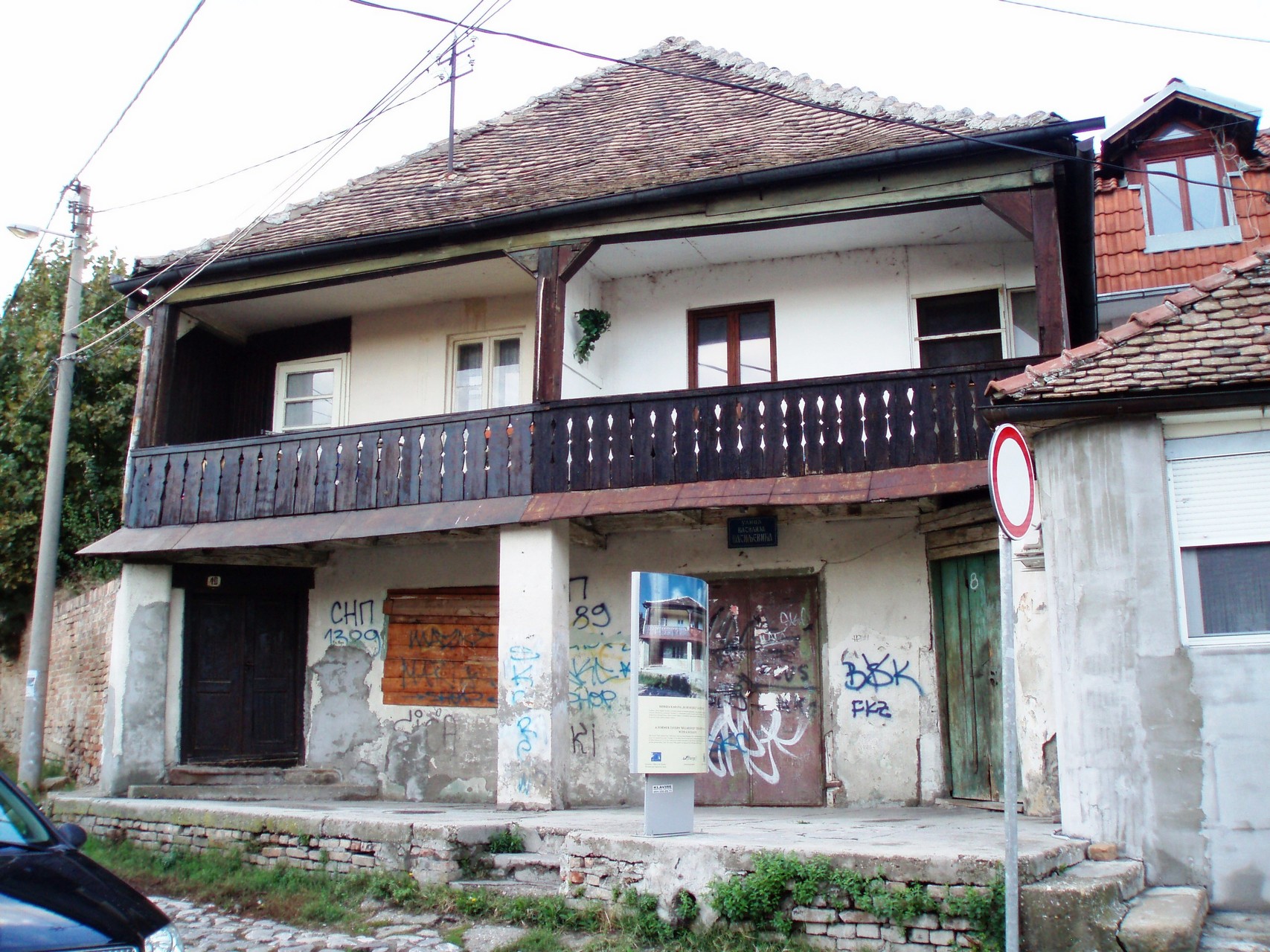 (cc) Nicolo/CC BY-SA 3.0
(cc) Nicolo/CC BY-SA 3.0
Beli medved Tavern
“Beli medved” Tavern (“White Bear” Tavern) in 10 Vasilija Vasilijevića Street is the only remaining example of the typical Balkan architecture in the Old Core of Zemun, from the period of Ottoman rule. It is also the oldest building in Zemun. It is assumed that building is almost four centuries...